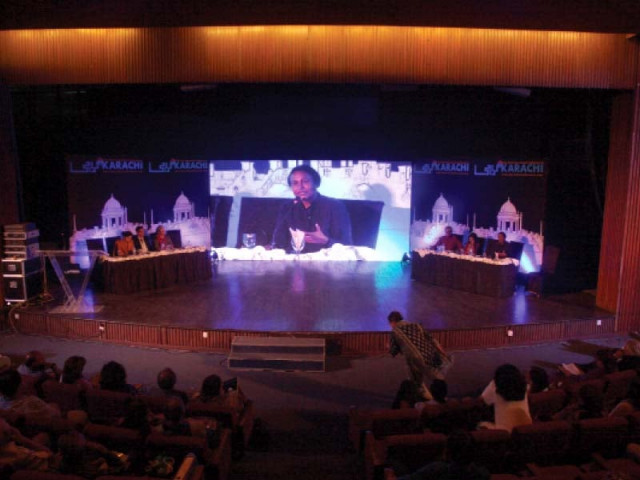
The Karachi Conference ended on Sunday after three days of informative sessions educating the citizens of the city on a host of topics. The final session discussed the impact of art and map-making on Karachi’s populace and the ways in which both mediums can be used to connect the residents of the metropolis. PHOTO: ATHAR KHAN/ EXPRESS
Karachi Conference’s final session, ‘Mapping the City — Art and Cartography’, can be summed up by the word ‘inclusivity’.
In the first half of the session Dr Shah Jamal Alam, an assistant professor of computer science at Habib University, spoke about the possible causes of residential segregation. He summarised his presentation by saying it is a “description of what goes on in Karachi”.
Stage plays help teach lessons about climate change
With the use of computer-generated models, Dr Alam showed the audience a visual representation of Karachi’s diverse population and the areas where they have settled.
“We work with qualitative data to recreate history,” he explained. According to him, segregation could occur due to reasons as simple as people wanting to live near the people they know. “You want to live with people who speak your language, people who are like you,” he said.
His research focuses on linking and relating various factors, such as population density, to create assumptions about the dynamics of residential segregation.
Immersive theatre: The metropolis as a miniature
Shahana Rajani and Zahra Malkani jointly spoke about their curatorial project ‘Exhausted Geographies’, in which they compiled seven maps coupled with essays by artists, architects, historians, urban planners, geographers and anthropologists to address the politics and representation of map-making. The project revolves around exploring the limitations and possibilities of map-making, according to Rajani.
Malkani’s presentation included the display of various maps and images juxtaposed with excerpts from the creators’ essays. One “alternative map” was created using the descriptions made in letters to the author’s mother.
“Our maps are a departure from European map-making that we are so accustomed to seeing,” explained Malkani.
Interactive theatre: Performances promoting coexistence, peace staged
Malkani’s own map, titled “Disappeared Karachi”, is a visual representation of enforced disappearances in the Baloch community. By using information from the International Voice of Baloch Missing Persons and various other resources Malkani arrived at the conclusion that “not only are the people missing, but so is a lot of information [about them]”. “We’re keeping the victims alive in our memories,” she explained.
Rajani explained that they also created a map using oral history interviews and Dawn newspaper archives to show the movements of hundreds of thousands of people in 1947.
“When Quaid-e-Azam’s mausoleum was being built, over 20,000 families were evicted by the government,” she told the audience. Using information such this, the duo mapped migratory patterns during the first two decades after the creation of Pakistan.
Fresh minds take charge as Napa focuses on original plays
The second half of the session revolved around the upcoming Karachi Biennale. Artist Amin Gulgee, Curator Camilla Hadi Chaudhary and art writer Niilofur Farrukh discussed the ‘Social Themes at the Karachi Art Biennale 2017’.
The session discussed the social impact of having a biennale, whose attendants will not be limited to the elite and how to break the stereotype of art being an elitist genre.
“We thought about how to connect with the public who don’t come to our galleries,” said Farrukh, who went on to explain that they consider inclusivity very important as it paves the way for a greater audience to view their art.
“Our population has very little access to view art,” remarked Chaudhary. “We wanted to bring art to the people, bring it to places where everyone will see it,” she said.
Curtain raiser: Hussain the Weaver shows the power of poetry
Speaking about the viability of conceptual art at the biennale, Gulgee said the art displayed at the event would be chosen keeping in mind the city in which it is to be shown. “What works abroad doesn’t always work here and we want this [project] to relate to the city,” he explained.
“The purpose of the biennale is to stimulate discourse and generate knowledge,” claimed Farrukh. We want some change to come about from this, she said.
“If, by putting on this biennale, we inspire even a little thought, then it’s a start,” said Chaudhary, describing artists as “inherent anarchists” who upset the set platforms by constantly reimagining and challenging norms. The event will be a platform to facilitate artists’ discourse and will be announced early next year, according to Farrukh.
Published in The Express Tribune, November 10th, 2015.

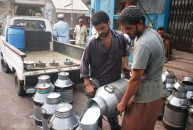
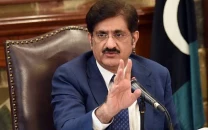

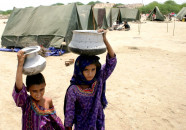


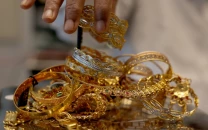

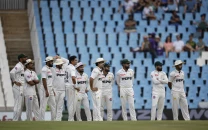
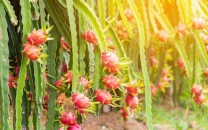
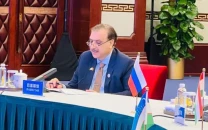
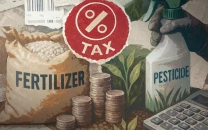


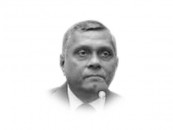



COMMENTS
Comments are moderated and generally will be posted if they are on-topic and not abusive.
For more information, please see our Comments FAQ